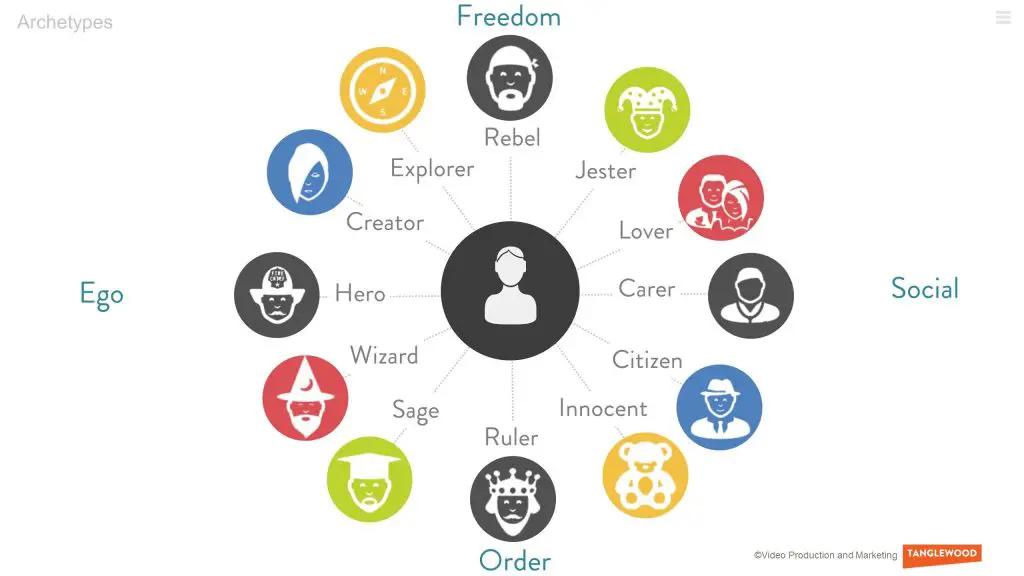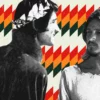While doing the research on his psychotic patients and his own dream about a phallic god, the great Carl Jung, Swiss psychiatrist and founder of analytical psychology asserted that the archetype is the introspectively recognizable form of a priori psychic orderedness. However devoid of concrete base, these primordial images (archetypes) remain unconscious unless it detects an encounter and influence with experiential facts. In Jung’s terminology the unconscious is the part of the mind which generally affects an individual’s behavior and emotions but lies deeply buried inside and is inaccessible most of the time.
One of the most distinct archetypes in Jung’s work was the Jester which more importantly signifies the Clown character.
The Jester Archetype
Jung considered archetypes as universal patterns, images, and latent attributes which manifest in the world through human beings in the form of behavior and attitudes. Some notable ones derived from his research were the child, god, devil, wise old woman, wise old man, hero, and trickster. The trickster is well-known as the Jester archetype and is a powerful character; with sheer intelligence and brilliance he manipulates and disobeys the “system” and “authority.” The exhibition of his unconventional behavior acts as a facade for his true inner intentions!
Even in ancient folklores and mythology, there are traces of Jester type characters in the form of Tom Thumb, Hanswurst, and Stupid Hans. Along with quirky attire and unusual physical attributes they appear to be sinister in their overall outlook. All this seems quite compelling but it becomes pertinent when viewed through the lens of the recent Joker movie.

Joker and Jester!
Arthur Fleck (the Joker – played stunningly by Joaquin Phoenix) questions the authority and their rules and regulations by inquiring into the nature of “everyone says so” when his mother talks about the potential selection of the new mayor in the upcoming election. His mother answers, “everybody on the news” and Arthur’s reaction portrays a big roar at the gist of the hoopla i.e. they show us only what they want us to believe. As the trajectory of the film moves forward, the Joker quickly rises to become a symbol of protest for the society. It’s quite uncanny as in how people select the questionable Joker and more importantly the Jester as an authority for themselves.
There have been frequent remarks on Fools Fest and Festum Stultorum where the entire society switches the throne…
We can find the traces of public occasions like this in folklores too. There have been frequent remarks on Fools Fest and Festum Stultorum where the entire society switches the throne during the specific interval of that event! For a brief amount of time the subordinates take control and mock the superior authority who rules.
Turmoil and Its Impact On Leadership
We can see this notion in the politics across the world, usually the dim and degenerative years of a regime of a specific ruler and party (most of the time) being questioned by the society. And then the entire scenario gets thrown into a cycle of questioning the authority and protest, and somewhere amongst this turmoil, a new hero comes along with solutions to all of society’s ills.
The question here is not about followers or leaders, but it is more about how the collective unconscious and partly conscious humanity functions. And more importantly about the role of an individual as in when does it take responsibility for all of its actions and inquires the cause of everything around. When something important in the raw reality of the objective outer world or subjective inner world is neglected then it is bound to become a rotten yet burning issue in the long run.
…the quest for “anything but this” may end up in the selection of an authority that resembles the Joker/Jester Archetype.
A point may arise in the life of an individual, and collectively in humanity, when the quest for “anything but this” may end up in the selection of an authority that resembles the Joker/Jester Archetype. The “anything but this” stage leads to widespread protest about the way society seems to function, especially regarding the authority’s rules and regulations. From an individual point of view the new authority could be the other side of the fence as seen in Arthur Fleck’s case when he chooses to use malfeasant means to bring attention towards himself and his own personal burning issue of “self-importance.” And on a large scale the collective society finds an unusual connection to this character as their leader as he nurtures their own deep unconscious drive of rebelling and non-conforming attitude towards the authority.
The Punchline
The philosopher J. Krishnamurti said, superficially we may be highly cultured, polite, indifferent, but deep down most of us are unaware that there is a great inheritance of vast, complex conflict, misery, and fear. To quote the Joker, “There is no punchline. It’s not a joke”. True, it definitely is not a joke when it comes to the reality that exists in front of us and our own attitude about it inside us. And as Jung proclaimed that without experiential facts all this lies deeply buried in the unconscious not only collectively but individually!




